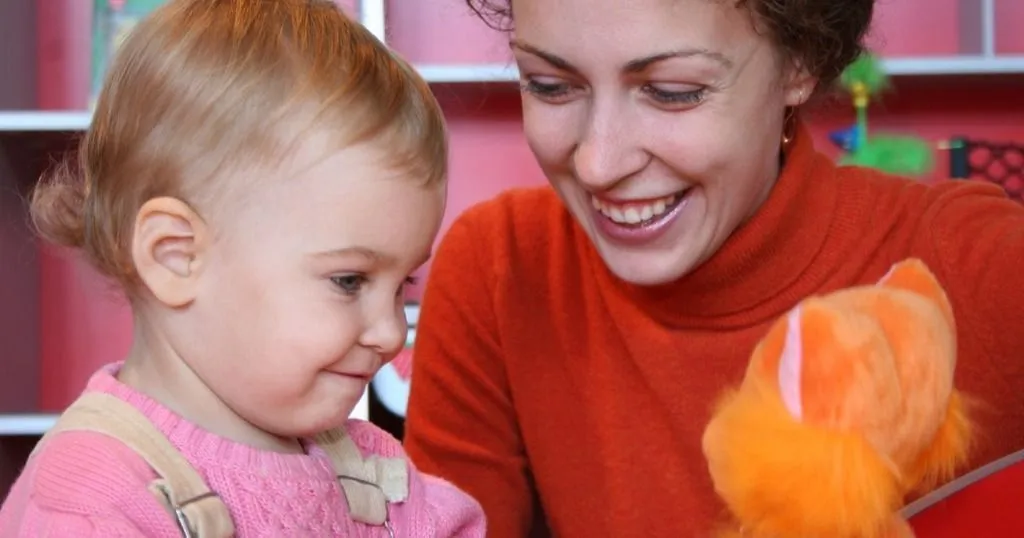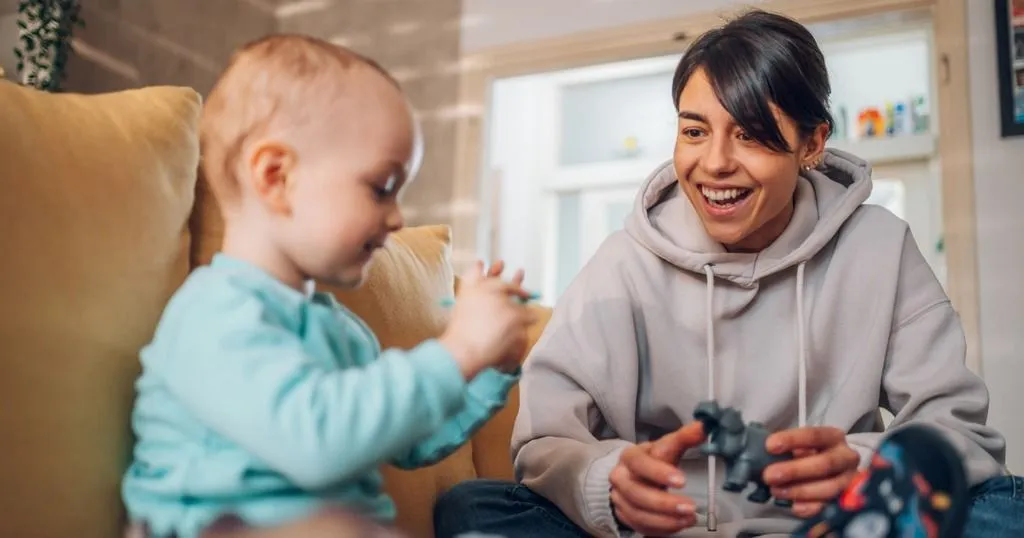A closer look at eye contact
Infant siblings of children with or without ASD participated in a study to determine whether gaze behavior showed during a test with an unfamiliar examiner could predict gaze behavior in a more naturalistic context.
Posted by
Published on
Tue 19 Mar. 2019

"Eyes are the mirrors of the soul," the saying goes. Therefore, to make eye contact can be extremely valuable. Through eye contact, you can recognize emotions, intentions, self-assurance, weaknesses and more information in addition to the normal communication that usually exists.
Feeling uncomfortable when making eye contact
Making eye contact is an important skill infants develop during the first year of life. However, when infants show atypical social-communicative behavior, this may serve as a marker of autism spectrum disorder (ASD).
Reduced eye contact is a known symptom of autism. However, why children with autism look less at the eyes of others is unknown. There are several possible explanations; perhaps they avoid eye contact because they find it stressful and annoying to look someone else in the eye. Or, maybe they do not consider the social indication that eye contact can be important and they don’t see the point of it.
However, autism is heterogeneous, so some individuals with autism may be indifferent to eye contact, whereas others may experience it as unpleasant.
FREE WHITE PAPER: Autism research
Download the free White paper to learn how and why observational research methods are used in autism research.
- Why observe behavior
- How to observe behavior in a structured way
- What research tools are available
Research in different interactive contexts
A lot of research has been done to assess social-communicative behavior in a single interactive context, for example during play with a parent, or interactions with examiners in structured settings.
The team of researcher Gangi examined prospectively infant gaze behavior at 6, 9, and 12 months of age in infants who were later diagnosed with ASD, as well as low- and high-risk infants without autism spectrum disorder outcomes. They investigated whether gaze behavior was associated across two interactive contexts:
- Structured testing with an unfamiliar examiner
- Semi-structured play interaction with a parent
The intention was to determine whether the behavior that infants showed during context 1 did in fact predict behavior in a more naturalistic context, with familiar people.
Parent-child play interaction
Infant siblings of children with ASD (high-risk siblings) or without ASD (low-risk siblings) participated in the study. At 36 months of age, ASD outcome was determined for all participants, who were classified as either ASD or not ASD. For analysis, the researchers arranged the participants into one of three groups: a low-risk non-ASD group (n = 53), a high-risk non-ASD group (n = 66), and an ASD group (n = 17).
To measure the cognitive functioning of the infants, the Mullen Scales of Early Learning was filled in at each visit by an unfamiliar examiner. Meanwhile, infant gaze to the examiner’s face was recorded. Also, a 3-min play interaction with a parent took place, using toys and following the instructions to play together as they normally would at home.
Lastly, the ADOS-2, part of the international gold standard for diagnosing autism, was used to provoke various communicative and social behaviors in a standardized manner.
Coding gaze behavior
The researchers coded gaze behaviors, as in gaze to the face, during the first 6 minutes of the Mullen test and during the 3-min parent–child play interaction using The Observer XT. Different camera angles provided clear views of both the infants’ and the parents’ faces.
FREE TRIAL: Try The Observer XT yourself!
Request a free trial and see for yourself how easy behavioral research can be!
- Work faster
- Reduce costs
- Get better data
Infants that were 9 months old with higher levels of gaze to the face of an examiner during structured testing also had higher levels of gaze to the face of the parent during a play interaction. Therefore, gaze behavior in context 1 predicted gaze behavior in context 2.
By 12 months, infants without ASD outcomes exhibited higher mean rates of gaze to faces during parent–child play than during the Mullen test, while the gaze behavior of the ASD group did not differ by context. This suggests that infants developing autism spectrum disorder may be less sensitive to context or interactive partners.
The associations found in this study support the validity and use of observing social-communicative behavior with an examiner, a setting in which the gaze behavior of children with ASD or at risk for ASD is frequently tested.
References
Gangi, D.N.; Schwichtenberg, A.J.; Iosif A.-M.; Young, G.S.; Baguio F. & Ozonoff, S. (2017). Gaze to faces across interactive contexts in infants at heightened risk for autism. Autism: the international journal of research and practice. (00), 1-6. https://doi.org/10.1177/1362361317704421
Related Posts

How to deal with noncompliant toddlers

Challenging play behavior: does it still exist?
